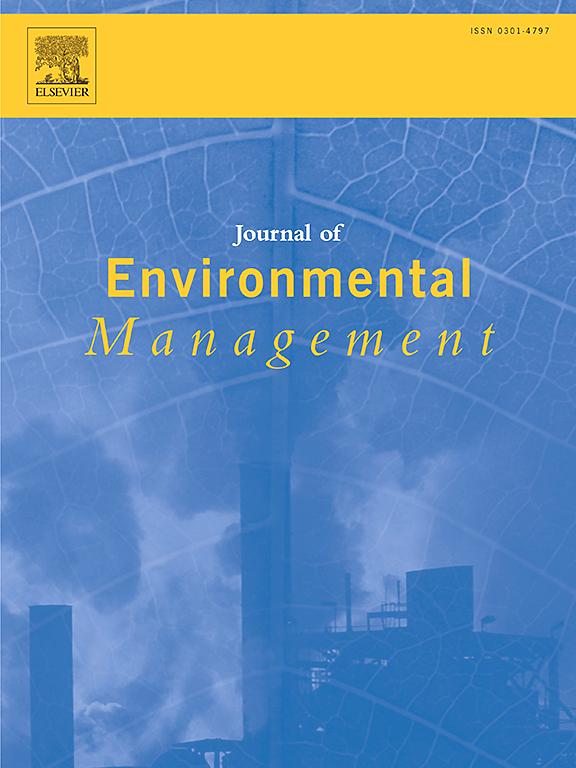Sky brightness in Texas: A comparative study between international dark sky places and control communities
IF 8
2区 环境科学与生态学
Q1 ENVIRONMENTAL SCIENCES
引用次数: 0
Abstract
Dark Sky International promotes the use of outdoor lighting that mitigates the impact of light pollution through their International Dark Sky Place program which designates parks, communities, urban places, reserves and sanctuaries for committing to dark sky friendly lighting practices. There are few studies investigating if the outdoor lighting practices adopted by Dark Sky Communities reduce light pollution in communities over time. Two previous studies examined the extent to which designation results in reduced light emissions by comparing the upward radiance of designated communities to non-designated communities using Visible Infrared Imaging Radiometer Suite Day-Night Band (VIIRS DNB) upward radiance satellite data. This study compares sky brightness trends using linear regression between designated communities and non-designated communities in Central Texas and inside the Greater Big Bend International Dark Sky Reserve. For this study, VIIRS DNB was used as input for the National Park Service All Sky Light Pollution Ratio (ALR) sky brightness model to determine mean sky brightness from 2012 to 2022. Additional requirements were added to this study to determine non-designated communities used for comparison. Ground measurements were also taken from 2023 to 2024. Of the designated communities in the study, 69 % showed no difference in trends or a greater upward trend compared to their control community while 31 % showed either no overall change or a smaller upward trend in sky brightness compared to their control community. There was an upward trend in sky brightness for 93 % of the places in the study. Ground measurements showed 90 % of dark sky places were darker than their control community. The communities located in Greater Big Bend Dark Sky Reserve overall showed a mix of smaller upward trend or close to zero trend in sky brightness compared to Central Texas communities. There was noticeable influence on sky brightness for all communities located close to the Permian Basin Oil and Gas region of West Texas. Understanding sky brightness trends through GIS analysis revealed the geographic influences of sky brightness on designated places and the impact that major urban centers have on sky brightness trends which impact Dark Sky Communities.
求助全文
约1分钟内获得全文
求助全文
来源期刊

Journal of Environmental Management
环境科学-环境科学
CiteScore
13.70
自引率
5.70%
发文量
2477
审稿时长
84 days
期刊介绍:
The Journal of Environmental Management is a journal for the publication of peer reviewed, original research for all aspects of management and the managed use of the environment, both natural and man-made.Critical review articles are also welcome; submission of these is strongly encouraged.
 求助内容:
求助内容: 应助结果提醒方式:
应助结果提醒方式:


